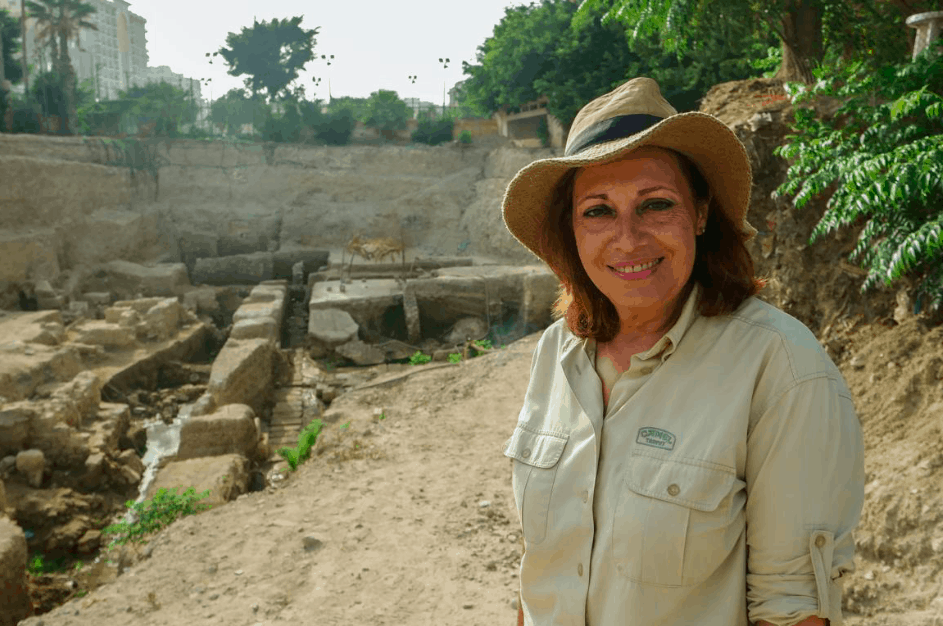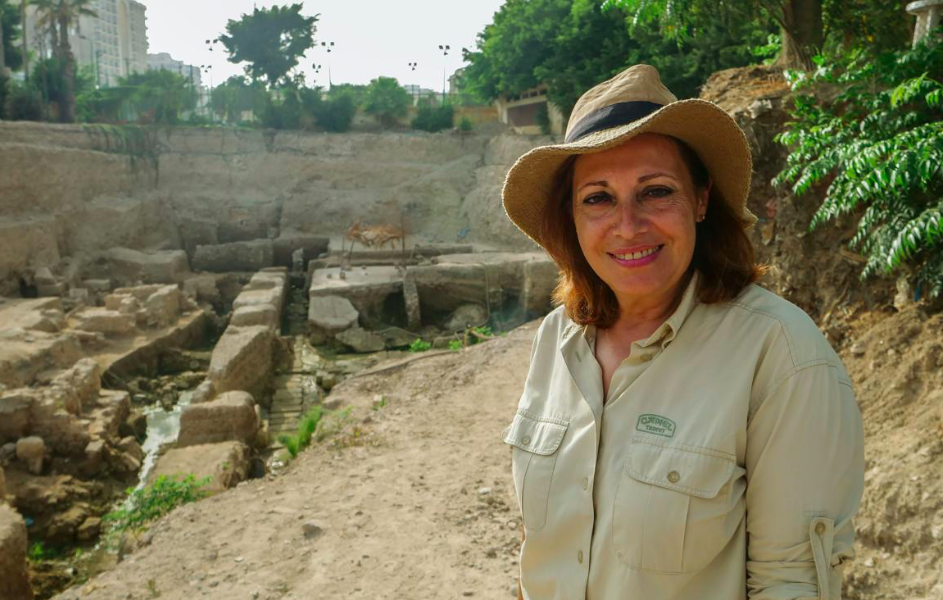Greek archaeologist Calliope Limneos-Papakosta had been searching in the heart of Alexandria, Egypt, for almost 14 years for traces of Alexander the Great, king of the ancient Greek kingdom of Macedonia, and just as she was about to give up, her prayer was finally answered.

In a new report published in the National Geographic, Papakosta explains how a bit of soil shifted in the pit and Papakosta’s assistants called her over to inspect a piece of white marble poking out of the dirt.
“I was praying,” she says. “I hoped that it was not just a piece of marble.” The artifact turned out to be an early Hellenistic statue bearing every hallmark of Alexander the Great. It was a powerful incentive for the discouraged archaeologist to keep digging.
Seven years later, Papakosta, who directs the Hellenic Research Institute of the Alexandrian Civilization, has dug down 35 feet beneath modern-day Alexandria and uncovered the ancient city’s royal quarter.
“This is the first time the original foundations of Alexandria have been found,” says Fredrik Hiebert, archaeologist in residence at the National Geographic Society. “It gave me goosebumps to see it.”
And the site may yield one of archaeology’s biggest prizes—the lost tomb of Alexander the Great.
As detailed in National Geographic, the hope of a historic find keeps Papakosta digging, guided by ancient accounts and a 19th-century map of Alexandria before its boom.
Papakosta is uncovering more and more of the city’s ancient royal quarter—including a Roman road and the remains of a massive public building that could point to Alexander’s tomb.
But each discovery is hard-won. “I’m happy that I did not give up when I first arrived at the water table,” says Papakosta, who had to engineer an elaborate system of pumps and hoses to keep the site dry enough to excavate. “I was insistent and continued. I go on.”
Over the years, Papakosta has become increasingly convinced that she’s closing in on Alexander’s lost tomb.
“For sure, it’s not easy to find it,” she says. “But for sure, I am in the centre of Alexandria in the royal quarter, and all these possibilities are in my favour.”
*Read the full article, which appeared in the National Geographic here.
*Image courtesy of National Geographic

